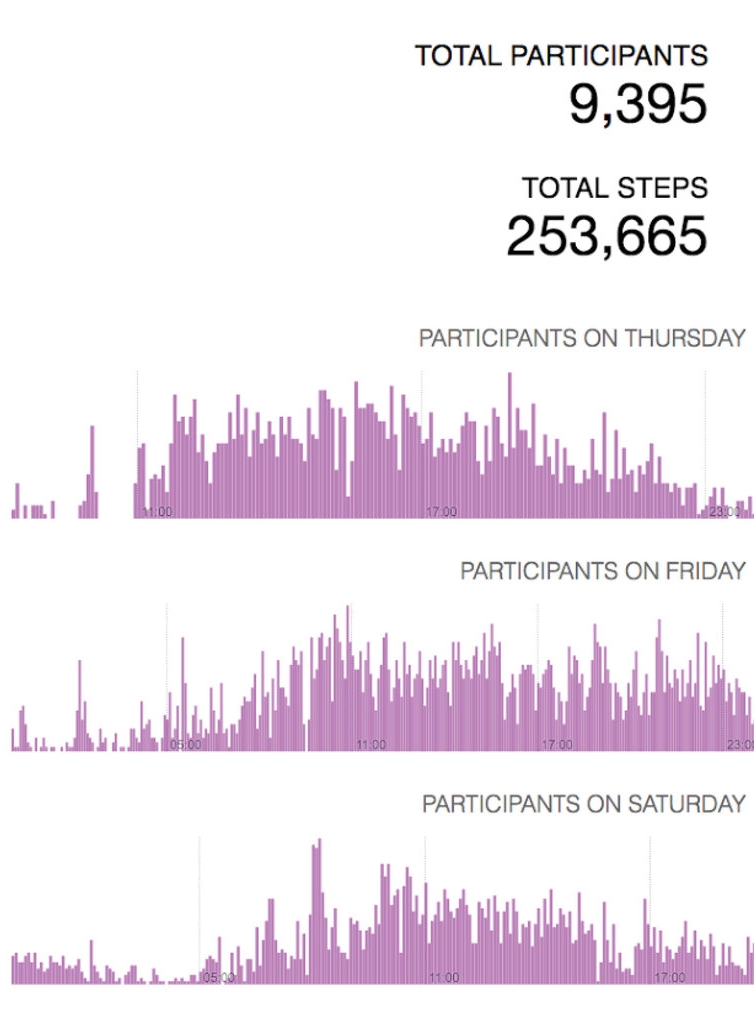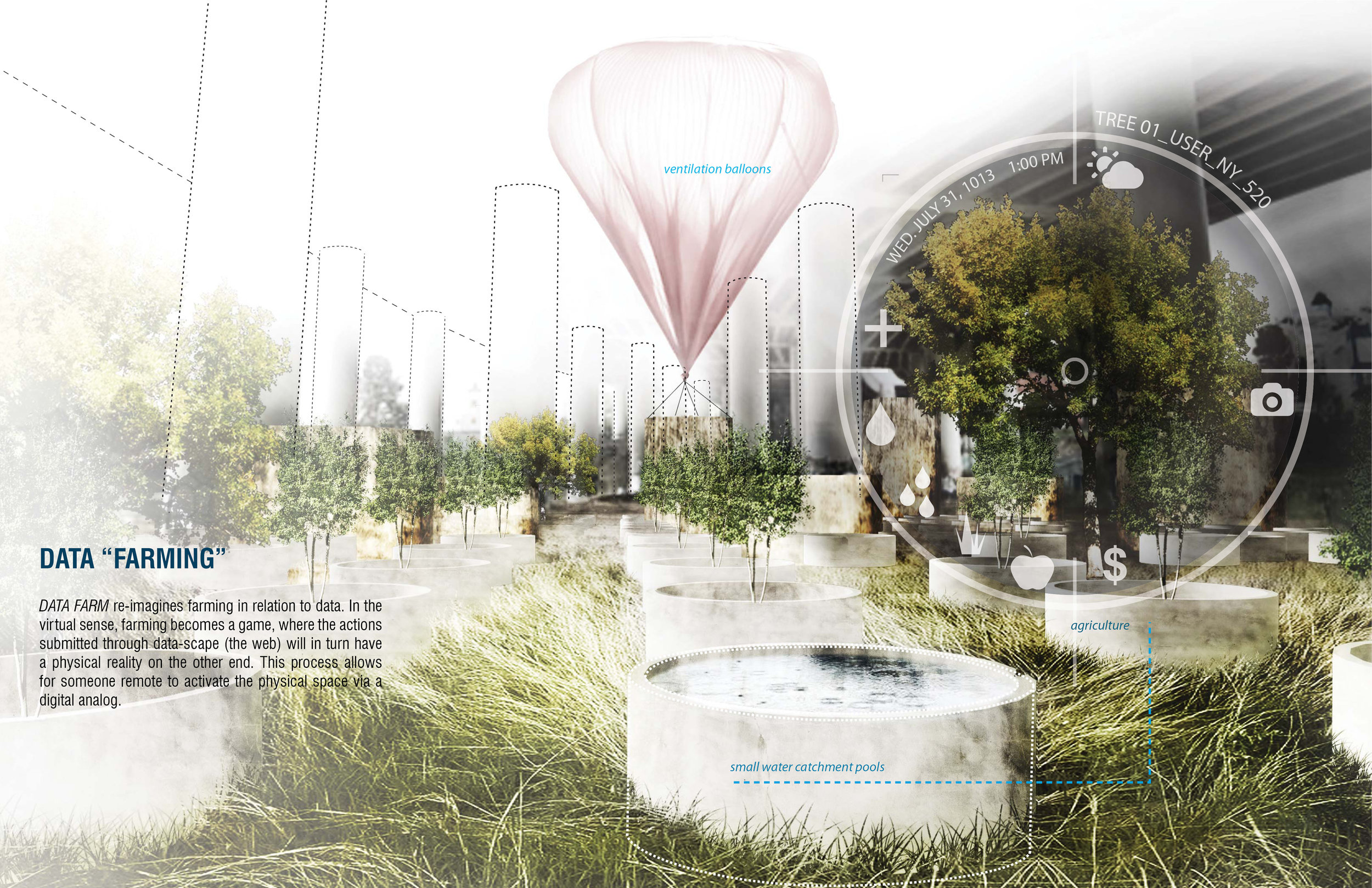CHÚ
a simple + comfortable AIR FILTER that fits in your nose
Given that air pollution causes about 11.2% of all deaths per year or 6.5 million deaths (split roughly 50/50 between indoor and outdoor air pollution). According to the EPA's Air Quality Index, Beijing alone suffers at the 'unhealthy' level for at least 80% of the year. CHÚcan help.
THE ISSUE
The typical face mask does not filter out a lot of the harmful particulates that exist in cooking fumes and smog. The unsealed condition between the face and the mask also contributes to the issue.
DESIGN
We went through three phases in the design of the CHÚ: (1) form, (2) material, and (3) simplicity. The first designs focus on how the CHÚ fits on the head/face. In the second round, we experimented with different materials ranging in rigidness and flexibility to allow for ease of wear. We then optimized the design in both form and material to come to a simple final prototype.
The CHÚ consists of two main components: (1) tusks and (2) filter. The filter filament is housed in a cartridge that also serves as the link between the two tusks. Air is then delivered through the tusks and into the nostril. We have incorporated a silicone seal at the tips to seal and accommodate different sized nostrils.
the fit
Sizing and flexibility is key for CHÚ to fit properly on the head/ face. The aft filter allows for the tusks to flex for different head sizes and eases the process of donning and doffing the CHÚ. The soft silicone tips allow for a tight fit/seal in nostrils of different sizes. When idle, CHÚ can be draped around the neck and remain as an accessory.
breathing CHÚ
The air intake, located at the back of the CHÚ, allows atmospheric air to enter into a series of torturous path filters and continue through the tusks directly into the nostrils. Silicone gel ring seals the perimeter space between the nostril and the CHÚ, preventing unfiltered air from entering the nose directly. Exhaled air exits the CHÚ nostril opening and purges through the one-way gill valves. The filter can be “tuned” to various geographic locations based on local pollutant types and levels.
subscribe to CHÚ
The business of CHÚ is through the subscription model. The CHÚ device can be registered upon purchase, which would allow the makers of CHÚ to curate the right CHÚ filter for your unique experience. We would recommend when new filters should be ordered and provide travel packages geared toward your destinations.












































































